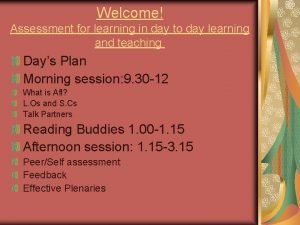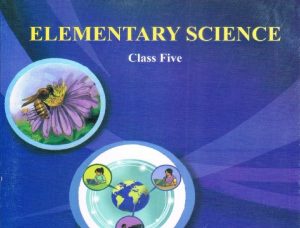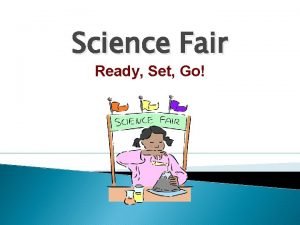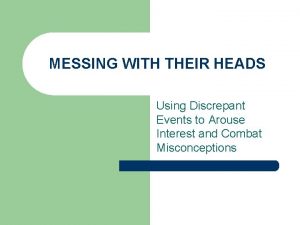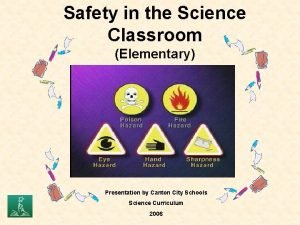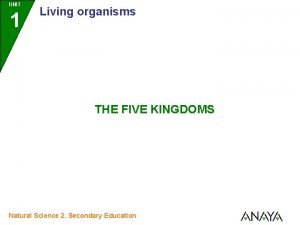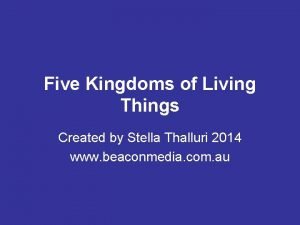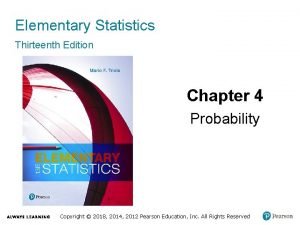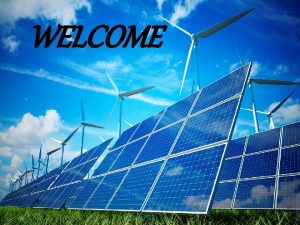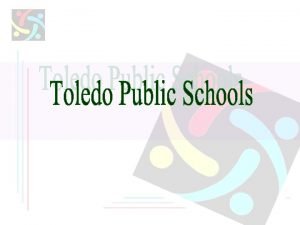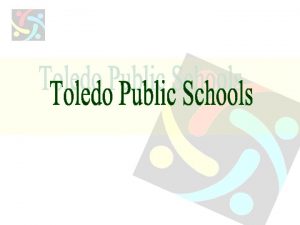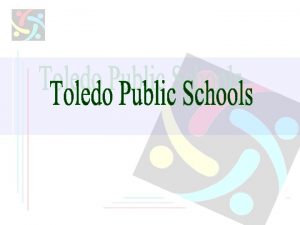Welcom e Elementary Science Class Five Chapter 8






















- Slides: 22

Welcom e

Elementary Science Class: Five Chapter: 8 THE UNIVERSE

TOPICS TO DISCUSS • What is Universe • Size of the Universe • Galaxy and Stars • Solar System • Rotations and Revolutions • Cycle of day & Night • Change of Seasons • Phases of Moon

ASTRONOMY • Astronomy is the study of the universe. • Galileo Galilei is a pioneer astronomer. • He invented telescope to study the planets. • Now space telescopes are used to study the universe.

WHAT IS THE UNIVERSE? • The universe is the whole of all matter, energy, planets, galaxies and space. • It includes living things, planets, stars, galaxies, dust clouds, light, and even time. • Before the birth of the Universe, time, space and matter did not exist. • The Universe contains billions of galaxies, each containing millions or

SIZE OF THE UNIVERSE • The Universe is incredibly huge. Only 4% of it is visible to us. • No one knows the exact size of the Universe, because we cannot see the edge – if there is one. • The visible Universe is at least 93 billion light years across. • The Universe has not always been the same size. • the Universe has been expanding outward at


DISTANCE AND MEASUREMENT IN UNIVERSE • Speed of light is approximately 300000 km/sec. • The moon is 384000 km away from the earth. • The moonlight takes 1. 3 second to reach earth. • The sun is 150, 000 km away from the earth. • The sunlight takes about 8 minutes to reach

GALAXIES • Huge collections of stars • Each may contain hundreds of billions of stars • The major feature of the universe • Maybe as many as 100 billion galaxies in the universe

WHERE WE ARE The Milky Way Galaxy Our Solar system is in this galaxy. • Our galaxy, the Milky Way is 130000 light years across. • The distance covered in the speed of light in a year is called a Light Year.

THE STRUCTURE OF THE MILKY WAY GALAXY.

STAR, PLANET, & SATELLITE Star: A huge ball of gas held together by gravity. The central core of a star is extremely hot and produces energy. Some of this energy is released as visible light. Our Sun, the center of our solar system, is a yellow star of average temperature and size. Planet: A body that orbits a star, has sufficient mass to be round, or nearly round, and is not a satellite of another object. It has no light of its own. Satellite: A satellite is an object that orbits a planet. A planet may have none, or multiple satellites.

THE SUN • Sun is our nearest star. • We get heat and light from it. • Our earth has different motions with the sun at its center. • We get all important energies from the sun and the changing of day and night happens due to it. • The sun is a huge disc of gas, very hot and bright. • The sun is made up mostly of hydrogen (72%), followed by helium (26%).

THE SOLAR SYSTEM • The Solar System is made up of the Sun and all of the smaller objects that move around it. • Our Earth is the third planet in the solar system. The moon is its only satellite.

REVOLUTION & ROTATION • The earth moves round the sun like other planets. • This path is called an Orbit. • The orbital motion of the earth around the sun is called a Revolution. • One revolution takes 365 days and 6 hours. • Earth’s axis is through North and South pole. • The earth spins on its axis in 23 hours and 56 minutes. • It is called Rotation.

DAY AND NIGHT • The earth rotates from west to east in every 24 hours. • The part of earth that faces the sun has daytime. • The part of earth that faces away from the sun has night.

CHANGE OF SEASONS • The tilt of the earth’s axis and its orbit around the sun causes seasons. • When the northern hemisphere tilts toward the sun, it is summer there. At this time, the duration of day time and the temperature increase. • When the northern hemisphere tilts away from the sun, it is winter there. At this time, the duration of day time is shorter and the temperature is lower.

CHANGE OF SEASONS

MOON AND ITS ROTATION • The moon is the only satellite of the earth. • It circles around the earth in around 28 days. • It rotates on its axis in the same time (28 days). • Only one side of the moon can be seen from earth. • The moon has no light of its own. It reflects the sun’s light. • We can see different phases of moon as it rotates around the earth.

DIFFERENT PHASES OF MOON

QUERIES

Thank You
 Welcome to our lesson
Welcome to our lesson Welcome to english class images
Welcome to english class images Welcoming words for tourists
Welcoming words for tourists E-welcom
E-welcom Welcom to ali
Welcom to ali Welcome assessment
Welcome assessment Welcom
Welcom Class five science
Class five science Why plants and animals depend on each other
Why plants and animals depend on each other Geography is my favourite at school
Geography is my favourite at school The sounding cataract haunted me
The sounding cataract haunted me Five of five
Five of five 5 senses and 5 elements
5 senses and 5 elements Macbeth
Macbeth Science fair timeline
Science fair timeline Georgia science olympiad
Georgia science olympiad Discrepant events elementary science
Discrepant events elementary science Science safety in the elementary classroom
Science safety in the elementary classroom Unit 1
Unit 1 Five kingdoms science
Five kingdoms science English picture subject
English picture subject Chemistry: the central science chapter 14 answers
Chemistry: the central science chapter 14 answers 5% guideline for cumbersome calculations
5% guideline for cumbersome calculations





